I've come up with a clever hack to save space and reduce # power adapter eye sores by bolting my cable modem (Netgear CM500) under the Wifi router (WRT 3200ACM).
The heat sink over the Broadcom baseband processor is very hot to touch. I measured ~70C for the processor and ~55C for the RF (de)modulator enclosure (had to set mode to glossy or else readings for shiny surfaces are wildly underestimated). Modem consumes 8W max.
As clever as it seems, I was worried if there's any fire hazard or other problems if I were to let the heatsink lie on top of a a wood surface or carpet.
I had a read some of this guide,
https://incompliancemag.com/article/electrically-caused-fire-in-multilayer-circuit-boards/
and the main take away was that for fire, it had to generate a temperature beyond the ignition temperature. But I didn't see any way to calculate the temperature. That would be a function of the power density and thermal resistance of the heating element.
Also, it said to distinguish between normal conditions and fault conditions. Normal condition of ~70C already feels worrisome.
But most developer boards for embedded platforms are unenclosed. I guess they would've thought about fire hazards also?

